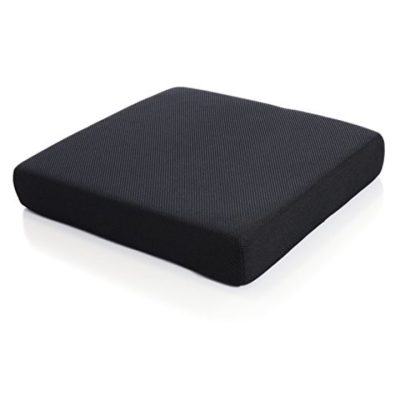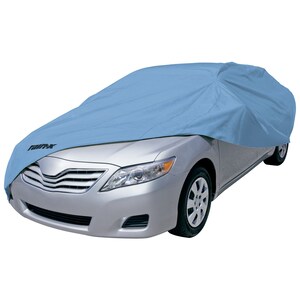Ergonomic seat cushions are designed to promote improved posture and provide support while sitting for extended periods. They are especially useful for individuals who spend long hours at a desk, working at a computer, or sitting in an office chair. Here are some features to look for when choosing an ergonomic seat cushion for improved posture:
- Contoured Shape: Ergonomic cushions often have a contoured shape that matches the natural curve of the spine. This design helps maintain the proper alignment of the back, reducing the risk of slouching.
- Coccyx Cutout: Some ergonomic cushions have a coccyx (tailbone) cutout or U-shaped design. This feature helps relieve pressure on the tailbone and lower back, making it particularly useful for individuals with coccyx pain or discomfort.
- Material: Look for cushions made from high-density foam, memory foam, or other supportive materials. These materials provide cushioning and support, preventing you from sinking too deeply into the cushion.
- Firmness: An ergonomic cushion should strike a balance between comfort and support. It should be firm enough to maintain proper posture but not so firm that it becomes uncomfortable over time.
- Breathable Cover: Choose a cushion with a breathable cover that allows air circulation to prevent overheating, especially during long periods of sitting.
- Non-Slip Bottom: A non-slip bottom ensures that the cushion stays securely in place on your chair without shifting or sliding.
- Adjustable Straps: Some ergonomic cushions come with adjustable straps or buckles that allow you to secure the cushion to your chair, preventing it from moving around.
- Portability: If you plan to use the cushion in various chairs or locations, consider a portable and lightweight design that you can easily carry with you.
- Maintenance: Look for cushions with removable, machine-washable covers for easy cleaning and maintenance.
- Size and Compatibility: Ensure that the cushion fits your chair or seating surface comfortably without overhanging the edges.
- Orthopedic Recommendations: If you have specific orthopedic concerns or conditions, consult with a healthcare professional or physical therapist for recommendations on the best ergonomic cushion for your needs.
- Warranty: Check if the cushion comes with a warranty, as this can provide peace of mind regarding its durability and performance.
When using an ergonomic seat cushion for improved posture, it’s essential to remember that it’s just one part of maintaining good posture. Combine the cushion with proper chair height adjustments, monitor positioning, and regular breaks to stand and stretch to achieve the best results. Additionally, be patient and give your body time to adjust to the new sitting posture promoted by the cushion.




















